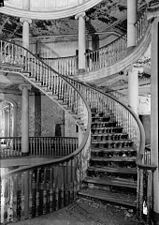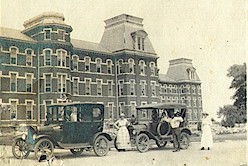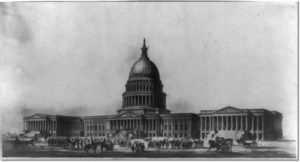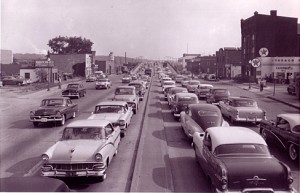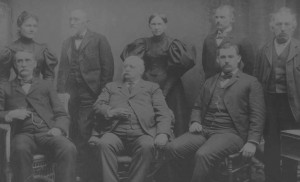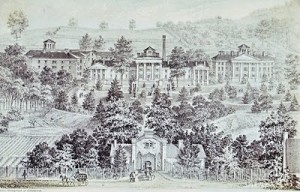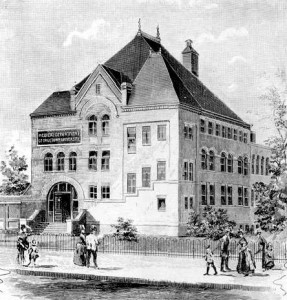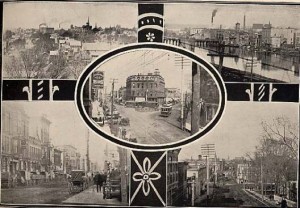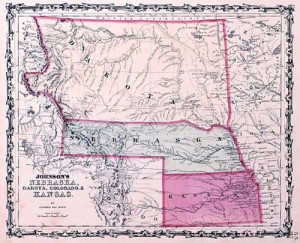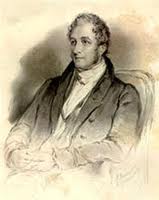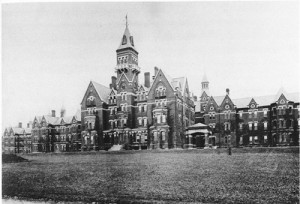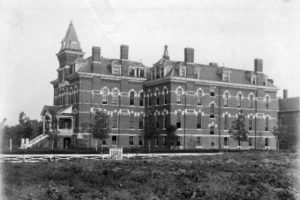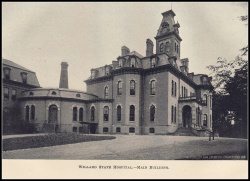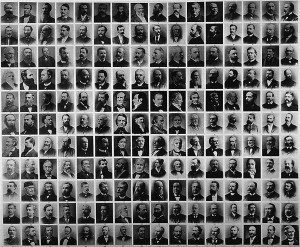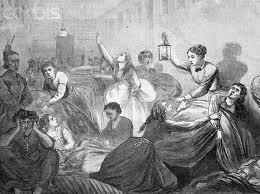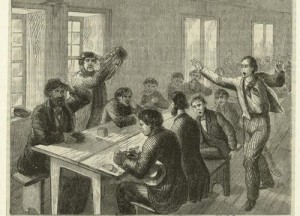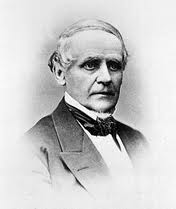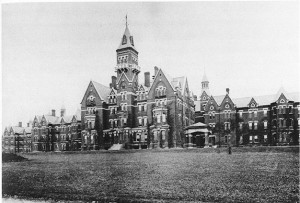Early superintendents of insane asylums asked for large, beautiful facilities amid a park-like setting, because they thought the environment within imposing structures would help cure their patients. Asylums were built to serve the poor and middle class, rather than the rich, and these lovely “homes” were deliberately built to be as unlike a patient’s typical home as possible.
Alienists (early mental health experts) believed that insanity was often caused by something in the patient’s home environment. By leaving that unhealthy environment, patients could renew their minds and get well. Family visits were actively discouraged, and it wasn’t until late in the century that superintendents began to consider trial visits home, or furloughs, as beneficial.
Dr. Hummer, the superintendent of the Canton Asylum for Insane Indians for the majority of its existence, did not seem to move with the times. He always discouraged visits by family members, and only once or twice allowed a patient to go home on a trial basis.
______________________________________________________________________________________
